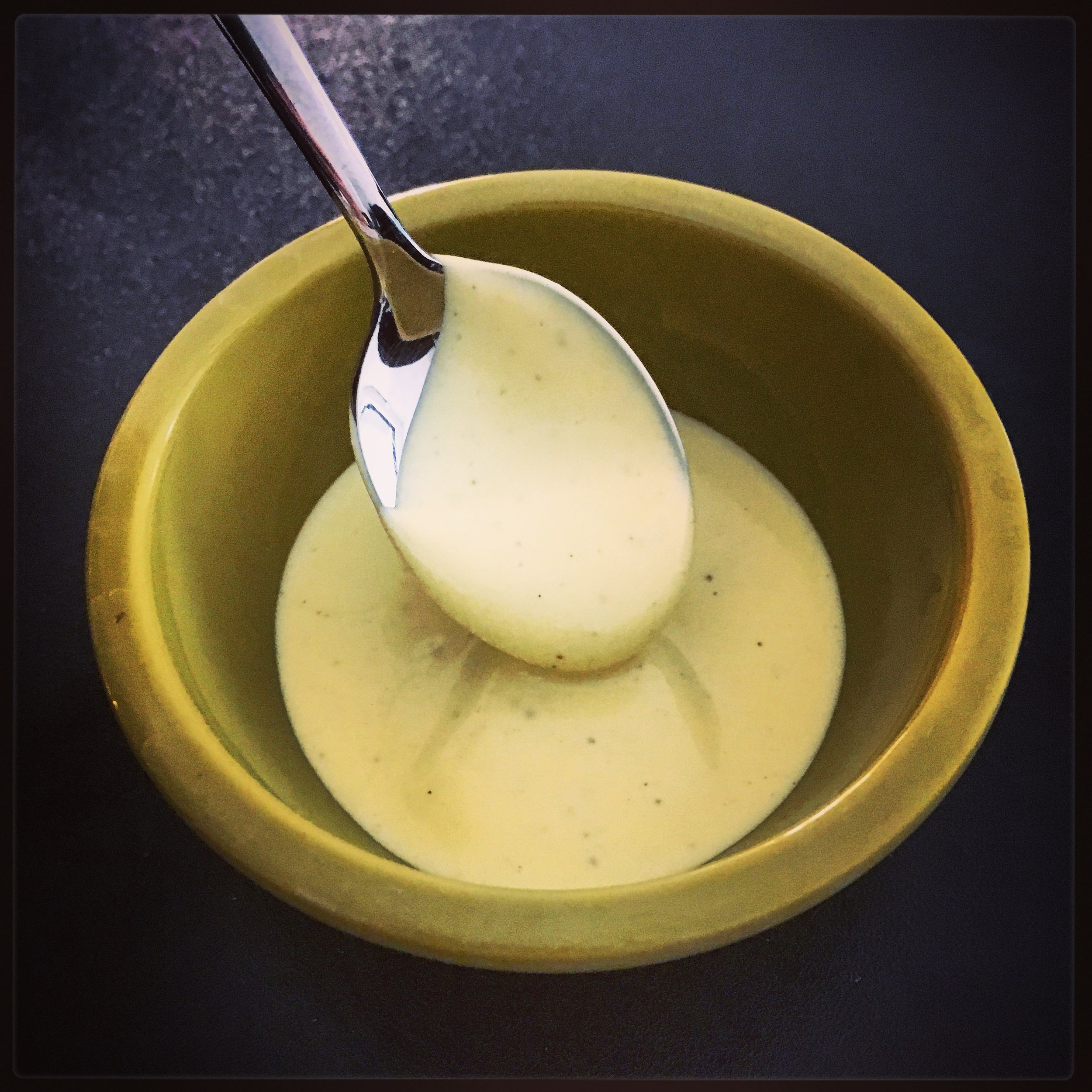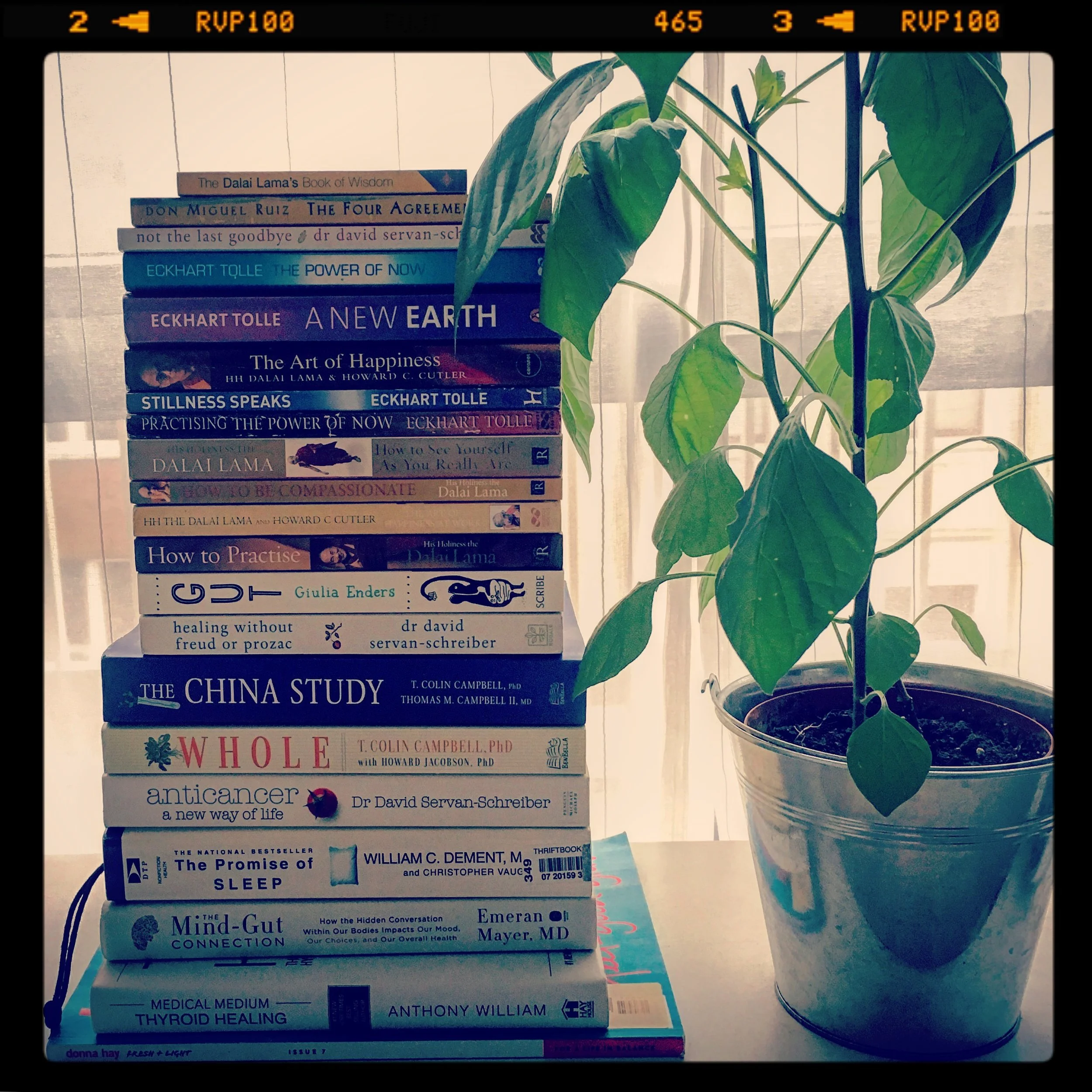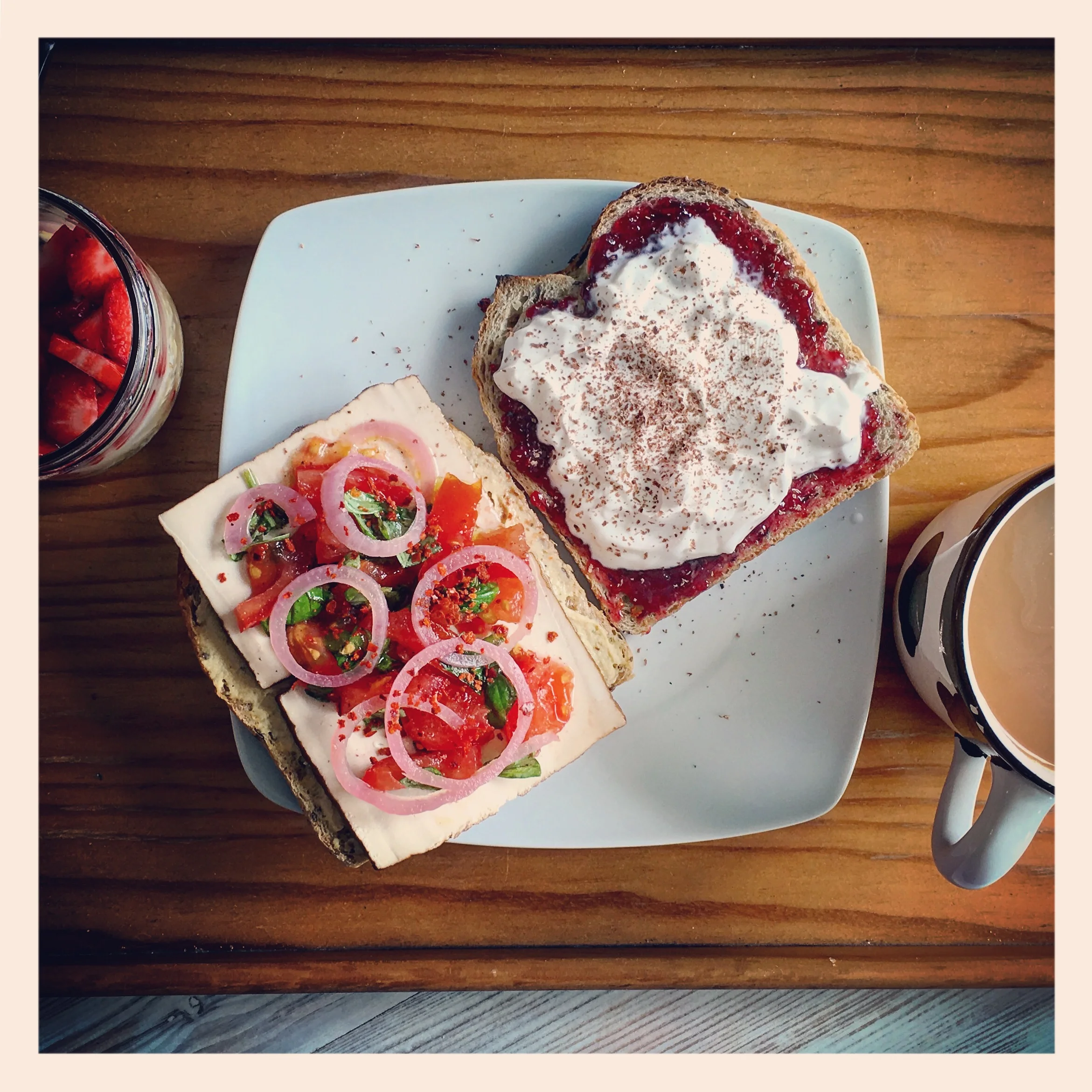Hobby: Food experiments using what I learned in Uni over 2 decades ago.
So it seems back in 1997 I totally nailed it! I chose a career about something I really love: food.
Disclaimer: the products, creators, authors and books mentioned are sincere consumer opinions, from my point of view as a plant based enthusiast seeking to improve life... my way. None of them are paid advertisements.
Food technology, food engineering, “chefs with an engineer title”, whatever you wanna call it.
You study the building blocks of chemistry, microbiology, physics, thermodynamics, sensory evaluation, economics, zoology and botanics, etc; and towards the end of the 5 years, you got acquainted with almost all technical aspects of food and beverage processing. Sounds cool? It is!
(I still don’t know what the f#*&%€k to do with 4+ semesters of calculus though…)
It really equips you with everything you need to excel (for example) as a product developer or production manager for companies like Nestle (like many of my friends are). It also equips you with enough knowledge to feel comfortable experimenting with food at home, to be safe, achieve actual output, understand what is happening and… create.
This is where I am today. Back to basics. Creating with food, for myself.
When I was setting up the “categories” in my Squarespace account there was a choice to be made. Of course I had to have one for plant based living in general, one about getting in touch with my spiritual self, another about my life in Düsseldorf and the little trips I´ve done here and there (NOT a travel blog!), one about the absolute paradox in my life: packaging (#plasticfree and whatnot) and… one exclusively about experiments. Will I have enough material? Oh hell yea!
I never meant this blog to be a recipe blog. There are plenty of those out there that are awesome and I don´t think it is in my DNA to actually follow and document a recipe. But instead I will walk you through the super weird workings of my mind and the interpretation of the experiment from a food engineer vantage point.
If you are a vegan, I am sure you have heard about Aquafaba. Also known as: the turbid, stinky, disturbingly slimy liquid that comes with your canned chickpeas.
The protein that comes out during the cooking process of canning beans (after autoclave), it turns out to be a functional ingredient (gasp!).
Like you, I also used to throw away this liquid and rinse the beans, as to avoid any traces of it. Believe it or not: that liquid behaves similarly to egg whites. It blows my mind everytime I use it as an ingredient. Mousses, meringues, mayonnaise… you name it.
No, you don´t need to worry about the stinky bean taste. Within a complete recipe and together with the other ingredients… you cannot tell there were beans involved. Might be that a very sensitive foodie will be able to catch a whiff, but come on! Be curious. Give it a try. The vegan internet world is loaded with Aquafaba recipes, so I´m not precisely breaking ground here.
A breakfast in bed with THE DRIZZLE. Link to my Instagram post.
So once you have made your vegan mayo, pleasantly suprised with the outcome and doing THE DRIZZLE atop every veggie dish possible… next up, I can reveal to you the strangest, most controversial, little known ingredient I am incorporating everywhere I can: the puree of the kombucha culture (namely: SCOBY puree).
What?! (silence in the room…)
Unlike the well-known use of chickpea liquid, the use of scoby puree seems to be uncharted territory. If you are brave and keep reading, what I write here is actually quite innovative.
More than a year into my kombucha endeavours, the amount of extra scobys (scobi?) made me uncomfortable. Yes, it is a living culture, therefore one should expect it reproduces like hell, but I don’t like throwing things to the garbage. I am a (food) hoarder.
Kombucha cultures (scobys) are very much alien looking. Link to my Instagram post.
One day I googled: “what to do with extra scobys”. Everything came up ranging from smoothie bulk agent, to fruit rollups, to compostable leather-like material, to facial products, to chicken fodder, to treats for house pets (this one I question heavily though: my beloved dalmatian RIP used to hate anything sour, so I cannot possibly imagine a dog wanting to chew on rawhide imitation toys made out of this stuff).
They all shared one thing in common: you start with a puree.
Without really knowing what I was going to use it for and wanting to know if my small budget-friendly smoothie blender was up for the task. I took all those extra scobys that were taking too much space and… turned them into a brown mush.
Oh boy, did I hesitate to post a photo of how this puree looks like…
Also through google, you learn that the scoby is actually a web-like structure of cellulose (fibre?) VERY acidic and loaded with probiotics from kombucha. The mush output looked awfully similar to a super sour applesauce.
My brain went: “you could use this anywhere you need to acidify something and add some consistency (because you know, the cellulose)”.
One day I used it instead of lemon juice for my signature “green goddess vegan mayonnaise”. BOOM!
Ok, this batch did not turn as green as it normally does… but you get the idea.
This puree is an incredible stabilizer and preservative for mayonnaise. Sometimes vegan mayo ends up too runny and can split overtime (technical term: syneresis). If you skip the vinegar and lemon juice you normally add and replace it with one teaspoon of the puree (gingerly please, its acidity can be overpowering) and you will have a perfectly fridge stable mayo for weeks!
I have not tried room temperature usage of this puree because it being loaded with kombucha live yeast and bacteria, I´m pretty sure it will continue to ferment whatever sugar it finds unless you pasteurize it first (ie. heat it up to kill the living microbes). I have this on my radar for future experiments.
Other uses for this scoby puree:
To acidify my daily morning smoothie. Sometimes my smoothies are too sweet and flat, and a little puree gives it a delicious uplifting tang!
To toss apple cubes to stop them from browning (oxidizing) while I was making the best apple cake in the planet. I was very generous using the puree here, because the apples I had were overly sweet and not sour at all. For baking, you really need a little acidity to make the baking soda work (think how you use vinegar or buttermilk). The cake turned out DELICIOUS!
The best vegan apple cake ever… with a secret ingredient! Link to my Instagram post.
So here you have it, the strangest possible way to lure you into my little world of food experiments.
#idontknowhowtophotographbrownfood
Teaser: soon to come: Lactofermentation, you can use the brine for SO many things!













